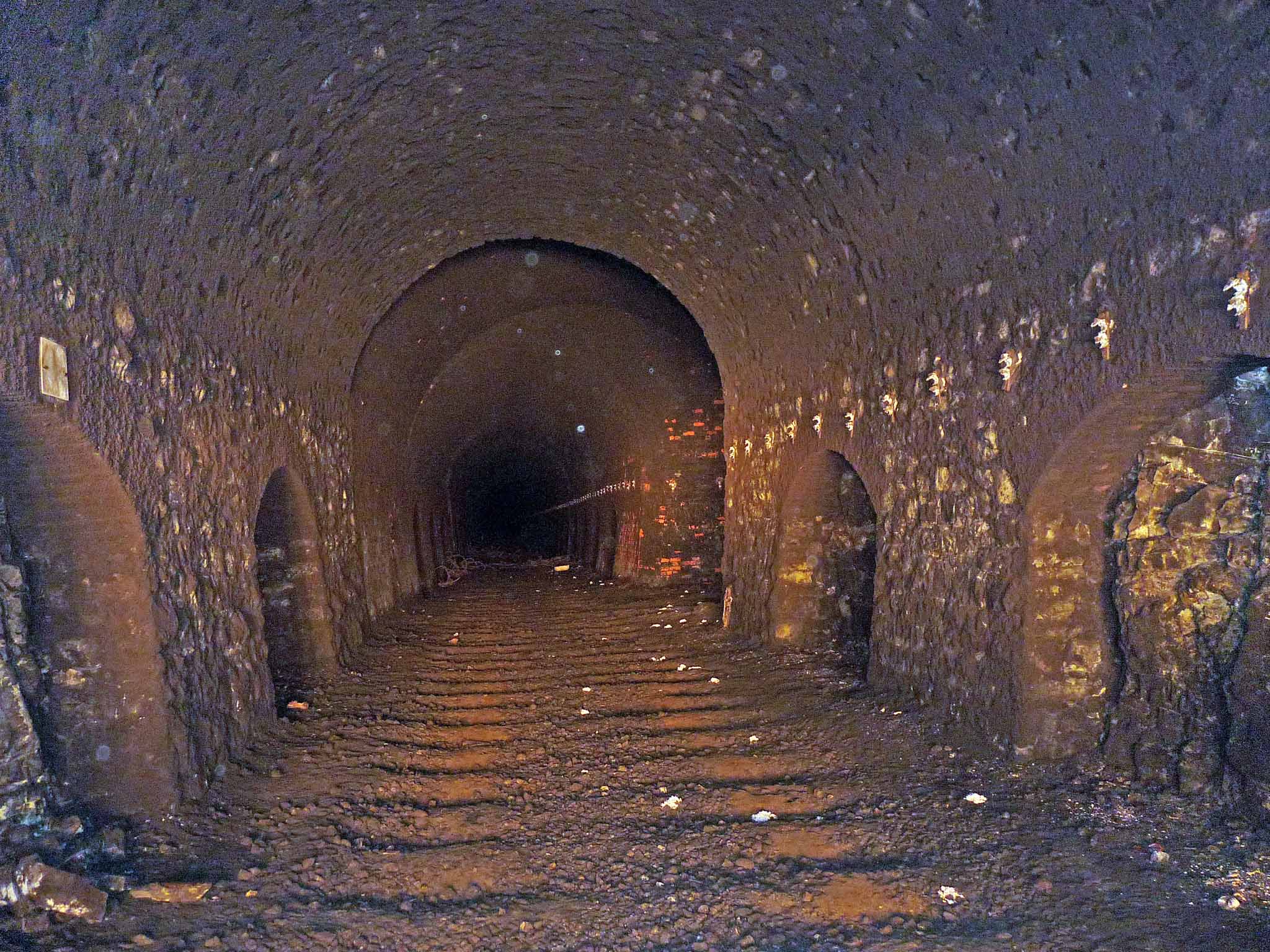The tunnel is over 3 kilometres long, which would make it the second longest cycling and walking tunnel in the world. The shortest road route between Blaencwm and Blaengwynfi is currently about 17 kilometres. There is no public transport between Blaengwynfi and the Rhondda Valley, meaning that if you don't own a car in Blaengwynfi, this is currently a near impossible journey.
 |
| Red line is roughly the Rhondda Tunnel. Blue line is existing traffic free cycle route. The Rhondda Valley is the urban strip consisting of Treherbert and the railway stations Google Maps link |
However, cycling through the Rhondda Tunnel puts Treherbert Station, further up the same train line, also a roughly a 20 minute cycle away from Blaengwynfi (averaging 15kph). This means cycling can compete well with driving here, potentially becoming the naturally better option for accessing train services. This follows the Dutch method of the carrot rather than stick approach to achieving mass cycling.
It is therefore of great importance to link the tunnel to Treherbert station with a further traffic free link, otherwise the transport potential of this project would be lost.
 |
| Future cycling and walking route? |
Overall, I think this is a project to be supported. The potential for providing independent mobility to the residents of Blaengwynfi without reliance on cars is huge. The important task now is ensuring that this project is done correctly, with the cycle facilities being constructed to a high standard, without relying on shared use or access barriers that plague the other cycling routes in the Welsh Valleys.